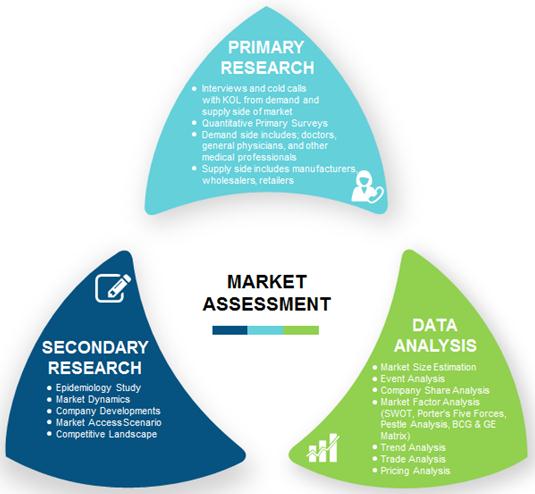Cystectomy, a surgical procedure to remove the bladder, has long been a cornerstone in the treatment of bladder cancer. However, traditional open surgery can be invasive, requiring a lengthy recovery period. Recent advancements in robotic surgery are poised to revolutionize the field, reducing recovery time by a staggering 70 percent. As we look to 2025 and beyond, it's clear that robotic-assisted cystectomy is the future of bladder cancer treatment.
The Rise of Robotic-Assisted Cystectomy
Robotic-assisted cystectomy is a minimally invasive surgical procedure that utilizes advanced robotic technology to remove the bladder. This innovative approach offers numerous benefits, including reduced blood loss, less post-operative pain, and a significantly shorter recovery period. As robotic technology continues to evolve, we can expect to see even more advanced applications in the field of urologic oncology.
Clinical Applications and Benefits
The clinical applications and benefits of robotic-assisted cystectomy are numerous. Some of the most significant advantages include:
- Reduced recovery time: Robotic-assisted cystectomy has been shown to reduce recovery time by up to 70 percent, enabling patients to return to their normal activities more quickly.
- Less post-operative pain: The minimally invasive nature of robotic-assisted cystectomy reduces tissue trauma, resulting in less post-operative pain and discomfort.
- Improved accuracy: Advanced robotic technology enables surgeons to perform complex procedures with greater precision and accuracy, reducing the risk of complications.
Market Trends and Regulatory Changes
The growing demand for minimally invasive surgical procedures is driving significant changes in the market landscape. Some of the key trends and regulatory changes include:
- Increased adoption of robotic-assisted surgery: The remarkable success of robotic-assisted surgery in reducing recovery time and improving patient outcomes is driving increased adoption and investment in this innovative approach.
- Development of new guidelines and standards: Regulatory bodies and manufacturers are working to develop new guidelines and standards for robotic-assisted surgery, ensuring that this innovative approach is safe, effective, and accessible to patients.
Sustainability and Innovation in Healthcare
As the healthcare industry continues to evolve, sustainability and innovation are emerging as key drivers of growth and development. In the case of robotic-assisted cystectomy, sustainability and innovation are critical to improving patient outcomes and reducing healthcare costs. By harnessing the power of advanced robotic technology, medical professionals and manufacturers are working to create a more sustainable and innovative future for healthcare.
Conclusion
The future of bladder cancer treatment has never been brighter. As we look to 2025 and beyond, it's clear that robotic-assisted cystectomy is poised to revolutionize the field, reducing recovery time and improving patient outcomes. By harnessing the power of advanced robotic technology, medical professionals and manufacturers are working to create a more sustainable and innovative future for healthcare. As the healthcare industry continues to evolve, one thing is clear: the future of healthcare is bright, and it is being shaped by innovation, sustainability, and a commitment to improving patient outcomes and quality of life.








